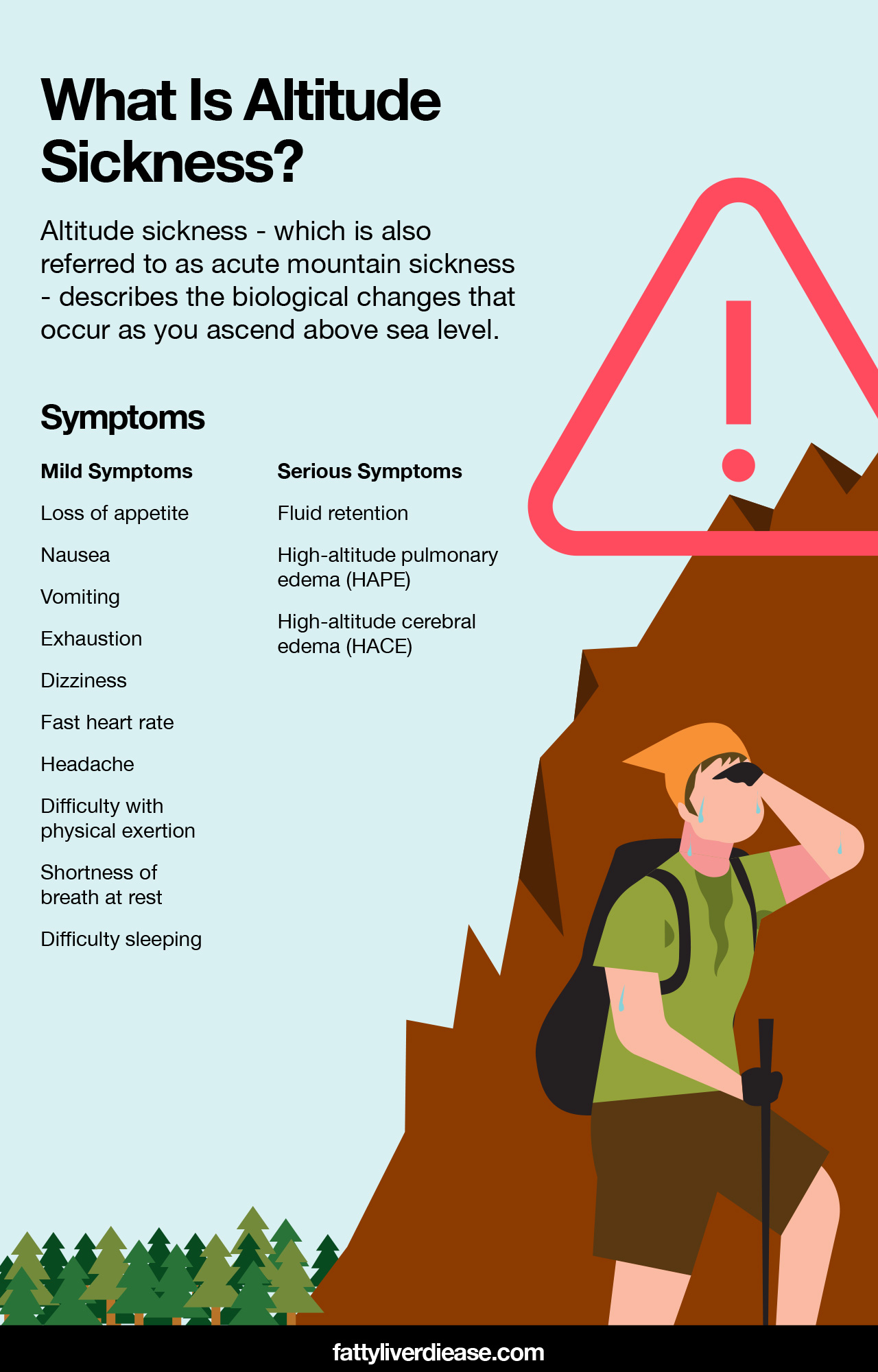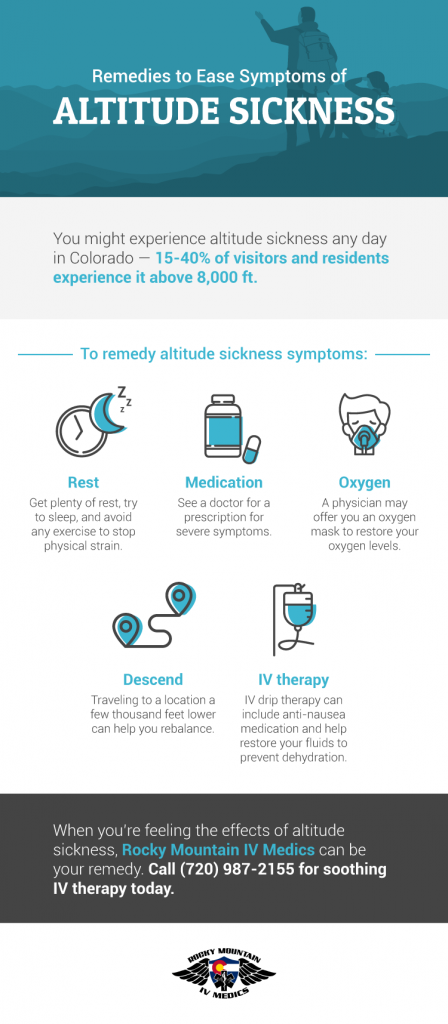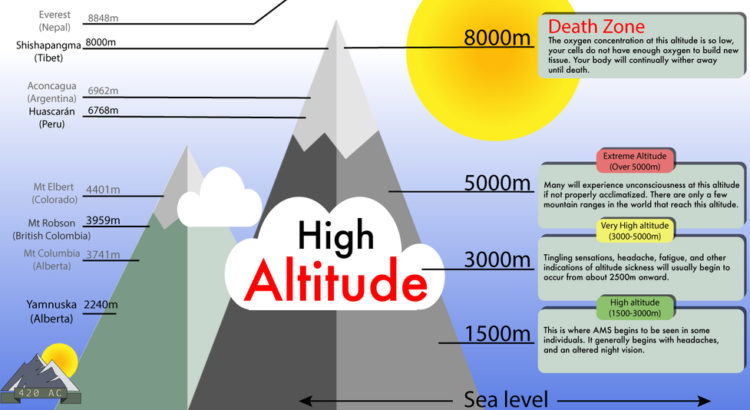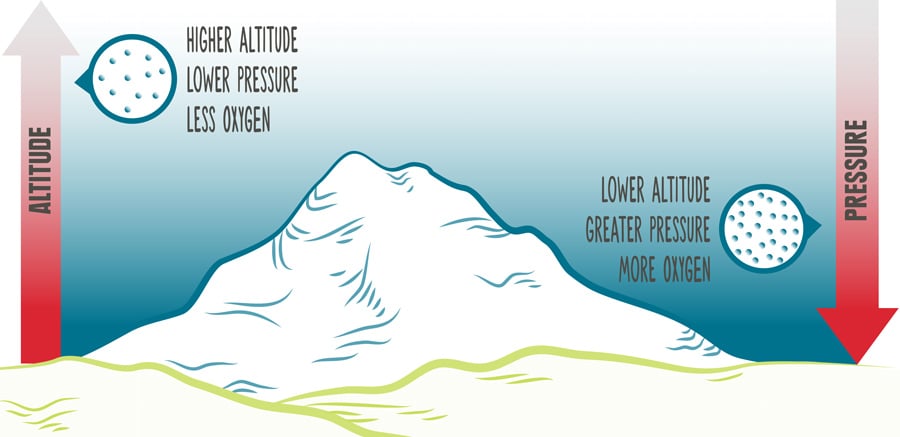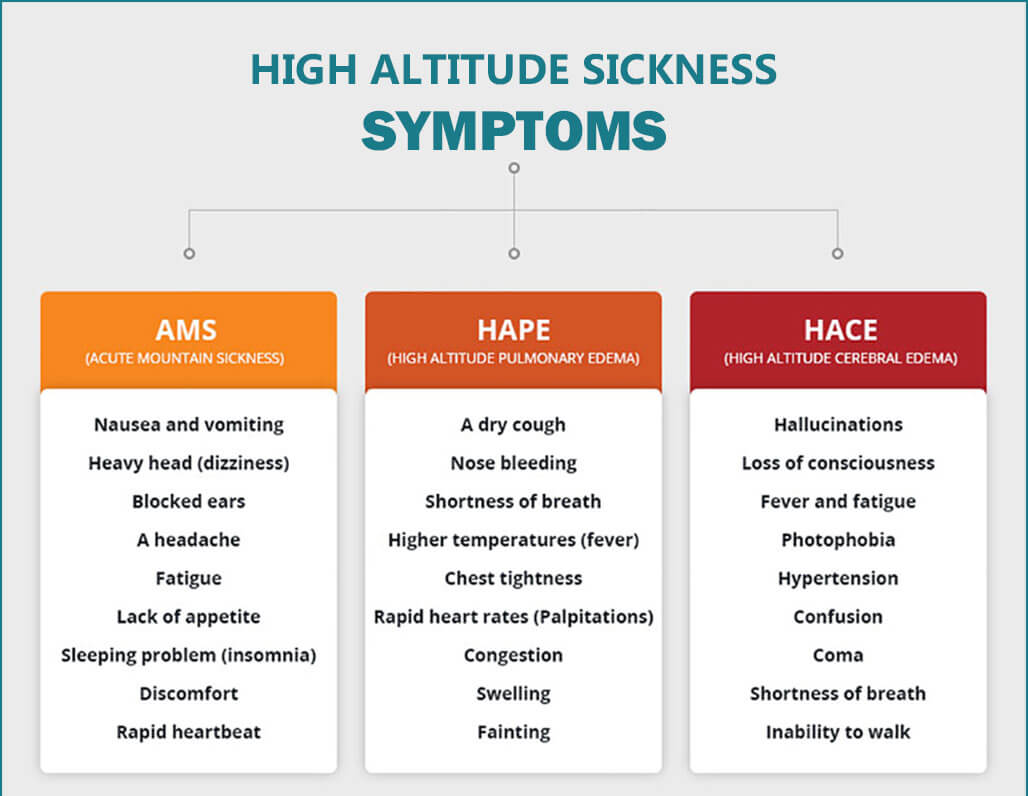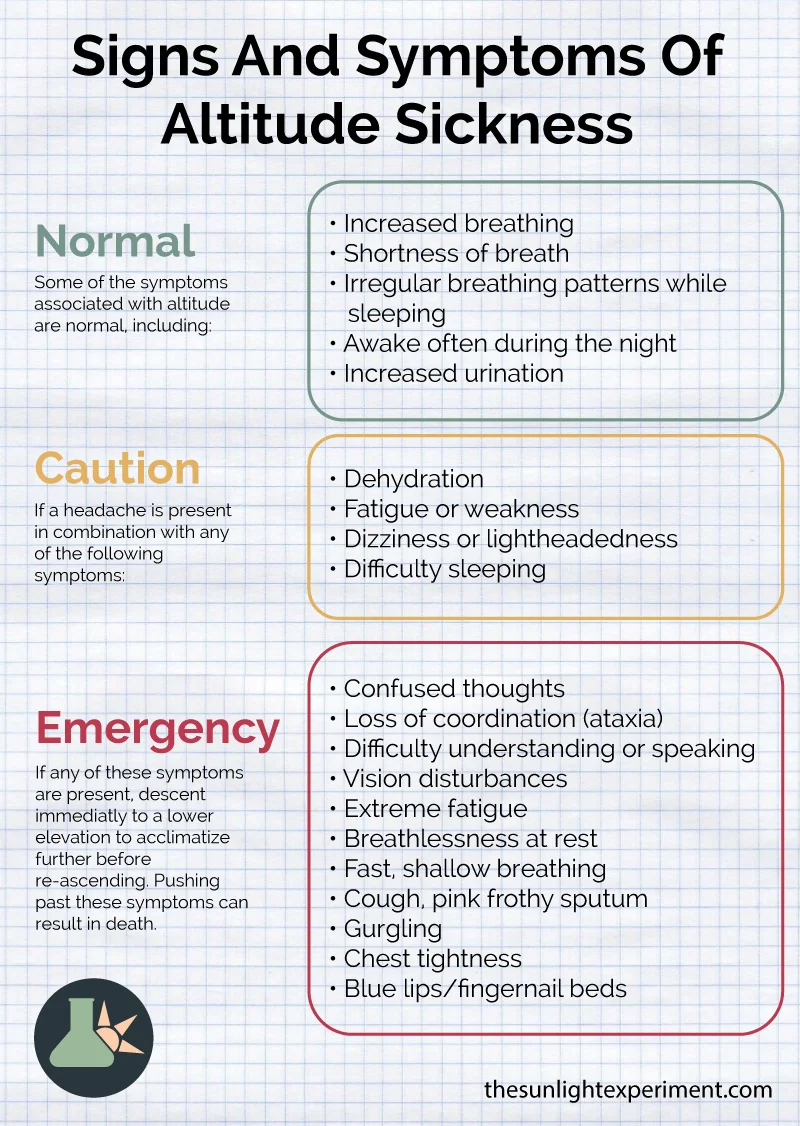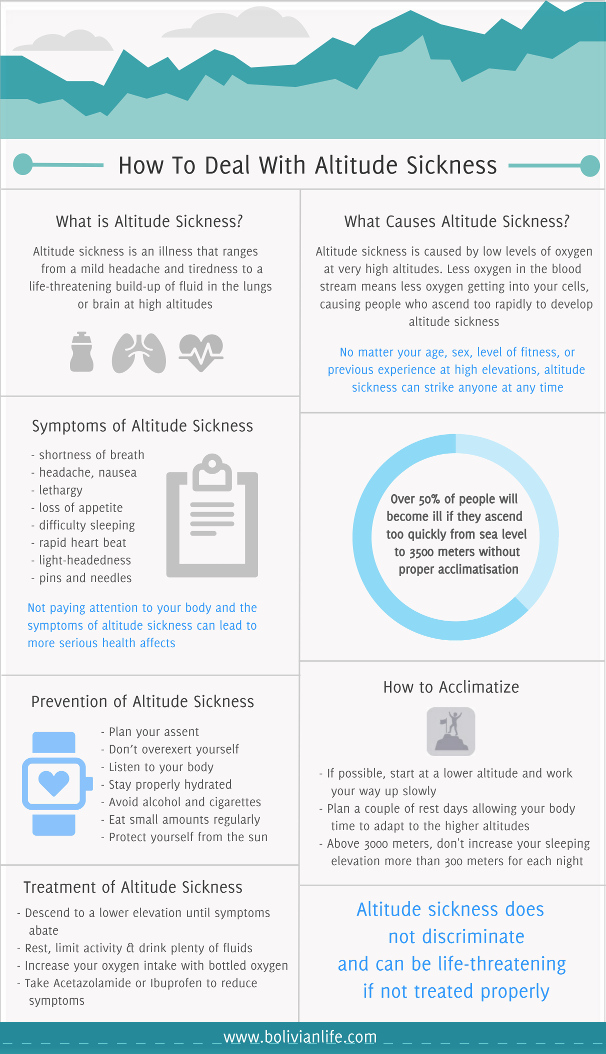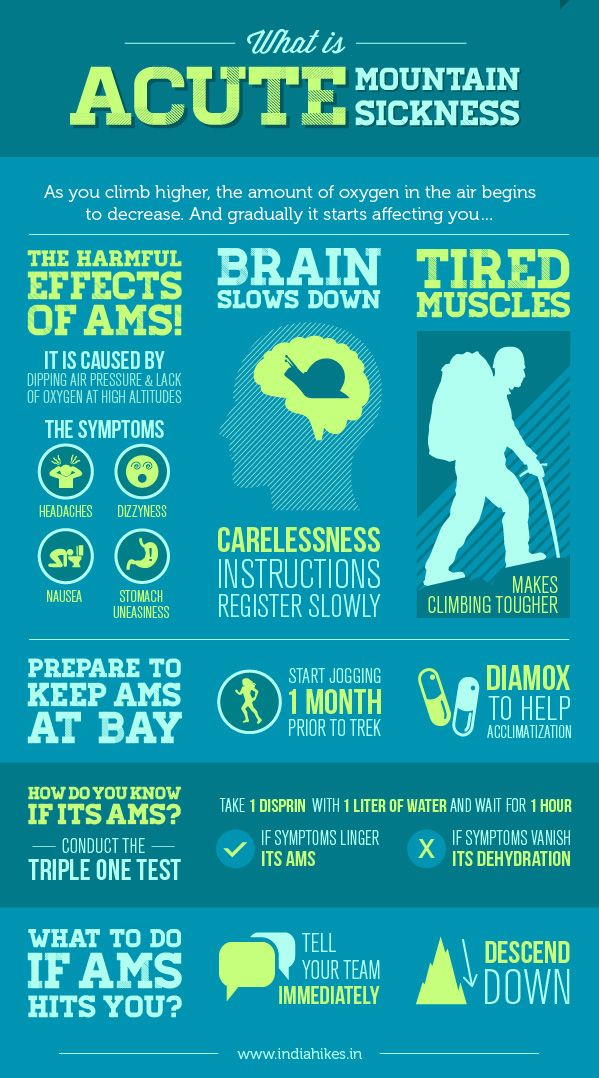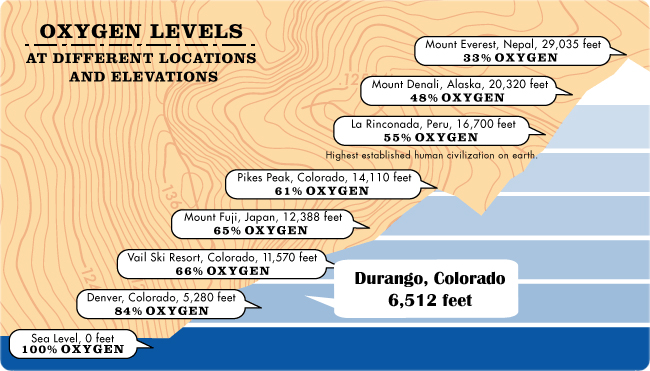Ace Info About How To Avoid High Altitude Sickness

High altitude sickness is also called acute mountain sickness (ams).
How to avoid high altitude sickness. Giving your body enough time to acclimatise is the most effective way to avoid. The following are the preliminary symptoms likely to occur. The symptoms of altitude sickness can quickly progress from general headache, nausea, and fatigue to confusion, decreased levels of consciousness, chest tightness, difficulty.
The best way to prevent getting altitude sickness is to travel to altitudes above 2,500m slowly. This process allows your body time to adjust to the change in oxygen levels. Altitude sickness occurs when your body doesn’t have time to adjust to changes in oxygen levels.
Although most people who arrive to cusco have no problem and are not affected by altitude. 20 does denver have high altitude? The best way to prevent altitude sickness is to go slow — called acclimatization.
Altitude sickness generally occurs at altitudes of 8,000 feet and above. Avoid climbing more than 300m to 500m a. This might seem like common sense, but a great way how to avoid altitude sickness colorado is not to overdo it!
Take your time traveling to higher altitudes and sleep at an altitude that is lower than the altitude you. Increase your climb by no more than 1,000 feet a day. Top 9 high altitude tips.
The air is drier up there. If you're traveling or hiking in high altitudes — especially above 5,000 to 8,000 feet — it's important to know how to prevent altitude sickness. It usually takes a few days for your body to get used to a.




